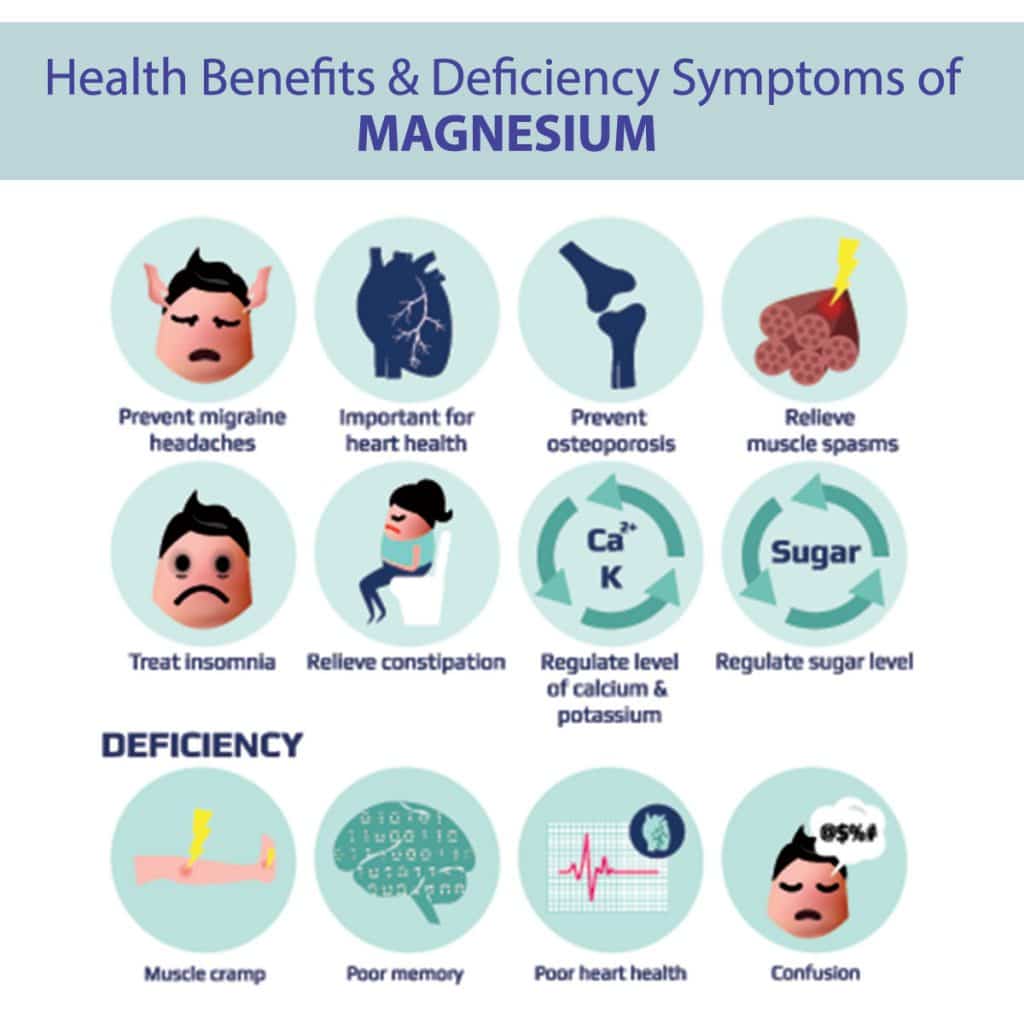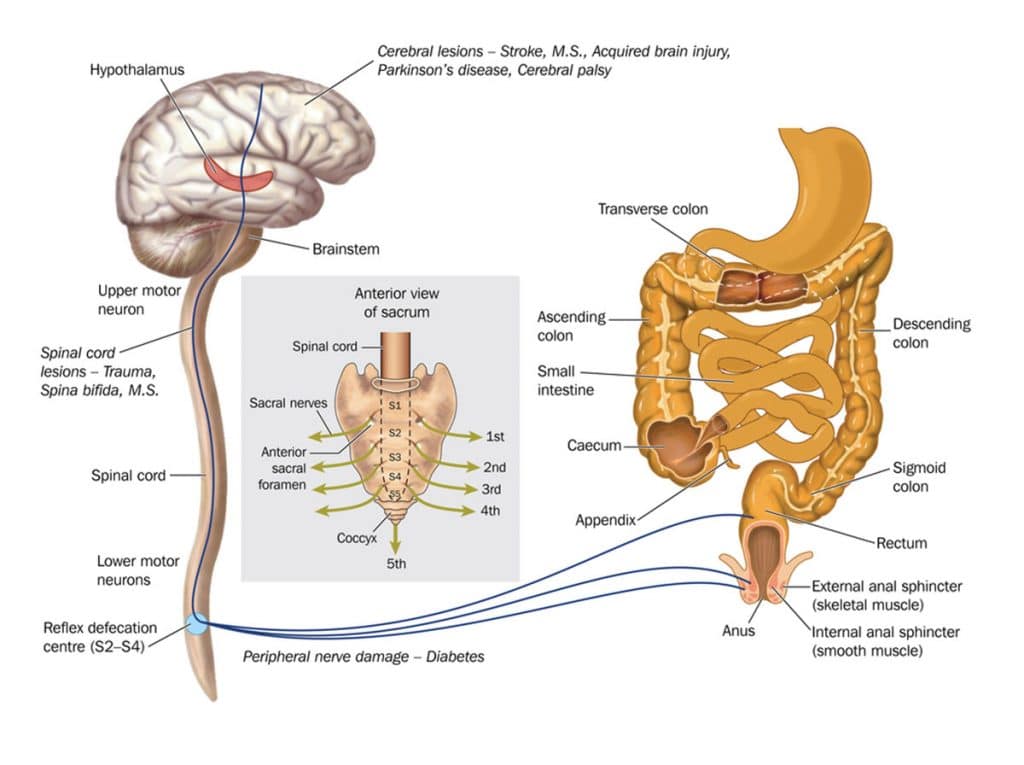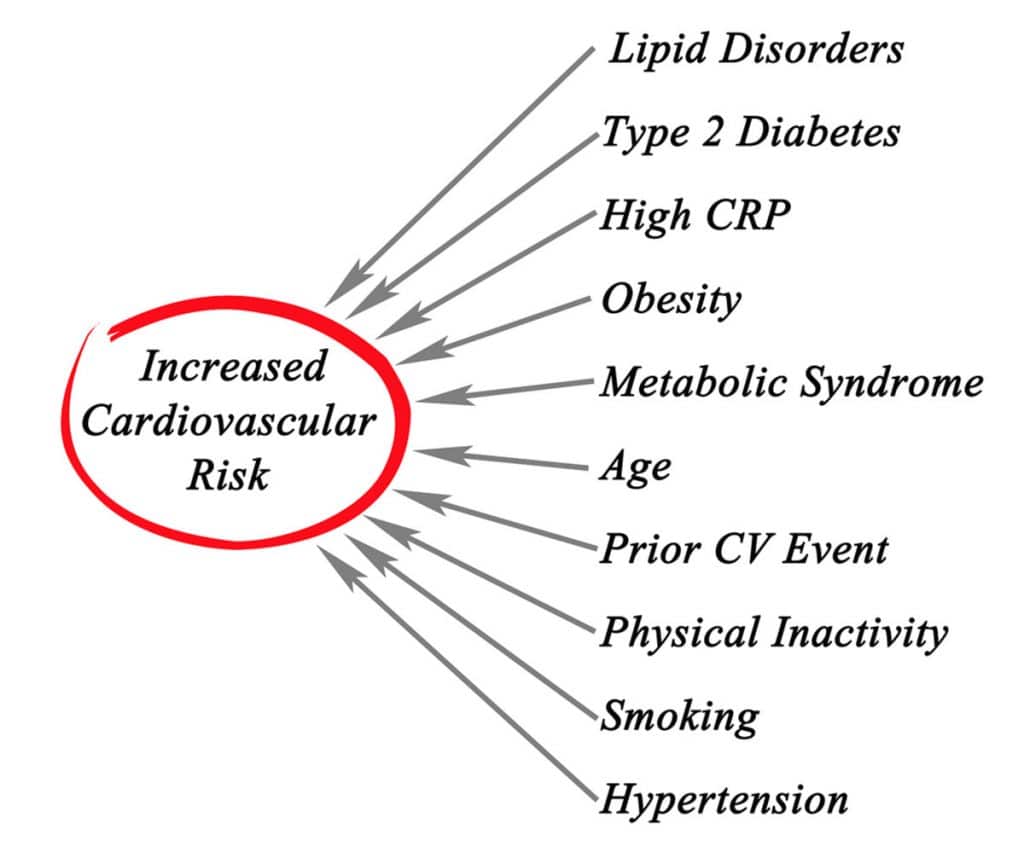Do you consider your pillow as something magical? You know, hugging it after a very long and hard day at work helps you remember e-very-thing you were supposed to do?
I can relate – a year ago, I would consciously avoid going to bed before 2 am because I just couldn’t face another night of toss-and-turn. And life went on (through a haze and lots of black coffee, though). That’s until I realized I kept needing a week to recover from weekly badminton games against my 60-year old uncle – for my defense, he used to be a professional player. I just didn’t want to pin it on my juvenile arthritis, so I did some digging around and realized I badly needed to boost my magnesium intake.
Fast forward a little bit – I haven’t had a migraine in over ten months, my back and joints love me again, and it’s getting very hard to keep my eyes open after 10.30pm. Plus I can now wake up before the sun rises without an alarm to drag me out of bed in a panic! I still haven’t managed to win against my uncle though…
Countless hours of research on magnesium have convinced me that almost all of us would strongly benefit from supplementing with this mineral. And in this article, you’ll get all the info you need to make informed decisions (after discussing with your doctor, of course).

What does magnesium do?
To be perfectly honest, only a book could do justice to this mighty mineral. You see, magnesium is an impressive multi-tasking mineral involved in:
- Over 325 enzyme reactions in the body ranging from temperature and blood glucose regulation to blood pressure control.
- Energy production.
- The synthesis of essential molecules such as DNA, RNA, and the antioxidant glutathione.
- Maintaining the integrity of the structure of our cell membranes, chromosomes, and skeleton.
- Transmitting nerve signals around the body.
- Muscle relaxation.
- Promoting restful sleep.
- Supporting a healthy immune system.
- The metabolism of vitamin D.
If magnesium is involved in so many various functions, guess what would happen if you were magnesium deficient? You’re right; you’d be plagued with an array of symptoms that may not appear to be inter-connected.

Plus magnesium deficiency is associated with various lethal chronic diseases such as:
- Diabetes which further worsens magnesium deficiency
- Cardiovascular disease
- Hypertension
- Osteoporosis
So, could YOU be deficient in magnesium?
Probably. After all, about 70 to 80 percent of the population is deficient in magnesium. But don’t take my word for it – go through the following signs that could indicate a magnesium deficiency and see which one(s) apply to you.
If you regularly experience at least two of the above symptoms, it is likely that you have a deficiency:
- Anxiety and panic attacks
- Asthma
- Bowel issues including constipation, diarrhea, alternating constipation and diarrhea, IBS, Crohn’s disease, colitis, undigested fat in stool
- Calf, foot and toe cramps
- Chronic fatigue or feeling exhausted all the time
- Chronic neck and back pain
- Cold extremities or numbness
- Depression
- Diabetes (any type) or uncontrolled blood sugar levels
- Difficulty concentrating
- Trouble falling and staying asleep
- Eye twitches or involuntary eye movements
- Facial tics
- Food cravings especially carbohydrates, chocolate, salt, and fast food
- Fibromyalgia
- Heart disease
- Hypertension
- Irregular heart beat
- Migraine
- Osteoporosis
- Parathyroid hyperactivity
- Premenstrual syndrome (PMS), irregular menses, fertility issues, pre-eclampsia
- Raynaud’s syndrome
- Vertigo
Don’t have any of those symptoms? Lucky you! But check out this video before deciding whether or not to watch your magnesium intake.
How are your CRP levels?
C-reactive protein (CRP) is an inflammatory marker in the blood that can help predict the risk of heart diseases. Elevated blood levels of CRP mean greater risks of heart attacks and strokes.
Wondering what CRP levels have to do with magnesium? Well, magnesium deficiency can cause levels of C-reactive protein (CRP) to increase! In fact, in one study, researchers reported that adults with low magnesium intake were 1.48 to 1.75 times more likely to have high levels of CRP. This provides yet another reason why individuals with low magnesium intake are more vulnerable to heart disease.
Could your lifestyle cause magnesium deficiency?
The following questions will help you determine which lifestyle factors may predispose you to a magnesium deficiency:
- Do you take medications like proton pump inhibitors, antacids, diuretics, insulin, birth control pills, heart medication, asthma drugs like corticosteroids or estrogen replacement therapy? These drugs are known to decrease the body’s stores of magnesium by promoting excretion of the mineral through the kidneys.
- Do you regularly consume alcoholic beverages? Just like diuretics, alcohol consumption increases urinary losses of magnesium by as much as 260% above baseline levels! And this occurs within minutes of ingestion. Moreover, alcohol can also hinder absorption of magnesium in the digestive tract.
- Do you consume sodas at least once a week? Drinking carbonated beverages is akin to flushing magnesium out of your system. You see, these carbonated drinks usually contain salts such as phosphates which bind to magnesium in the digestive tract and reduce its absorption.

- Is your diet rich in refined sugar? Refined sugar, present in most commercial food products, increases magnesium excretion via the kidneys. And the more processed foods you consume, the less likely you are to consume ‘real’ foods containing magnesium.
- Do you feel like a zombie if you don’t get your daily dose of caffeine? Regularly consuming caffeine (from tea, coffee, energy drinks and other caffeinated beverages) throughout the day can increase urinary magnesium losses. Plus, if you have HPA-axis dysfunction, drinking coffee can further worsen your symptoms.
- Do you feel overworked or overly stressed out? Prolonged periods of stress drive magnesium levels down by increasing the body’s requirements for the mineral.
- Do you drink fluoridated water or use fluoride-containing products? Fluoride binds to magnesium, making it unavailable for absorption. The reaction causes the formation of sellaite, a magnesium fluoride mineral that is almost insoluble and ‘steals’ the place of magnesium in bone and cartilage – this makes bone more brittle and more vulnerable to fractures.
- Do you smoke or use cocaine or nicotine-containing products such as nicotine patches? Both nicotine and cocaine can cause magnesium deficiency.
Did you answer yes to any of the above questions? If so, make sure to address these factors before opting for supplements.

Can you rely on the Recommended Daily Allowance (RDA) for magnesium?
No – the RDA is just enough to prevent deficiency symptoms and does not account for increased magnesium losses that occur when we are under mild to moderate stress caused by physical exertion, injury, psychological or emotional turmoil. Moreover, the RDA for magnesium is usually expressed as ‘mg per day’ although requirements increase with body weight as discussed in the next section.
- 1 to 3 years old: 80mg
- 4 to 8 years old: 130mg
- 9 to 13 years old: 240mg
- Men: Between 400 and 420mg
- Women: Between 320 and 360mg
- Pregnant women: Between 350 and 400mg
- Lactating women: Between 310 and 360mg
What is the best magnesium dosage for YOU?
In my practice, I usually use the guideline below (together with a very detailed lifestyle and medical history) to determine how much magnesium a patient would benefit from:
- Children: 10mg/kg of body weight per day due to their lower body weight and higher requirements for growth.
- Adults: 6 to 8mg/kg of body weight per day
- Athletes: 6 to 10mg/kg of body weight per day depending on training levels
Magnesium content of common foods
The following list shows the approximate amount of magnesium (in milligrams, mg) per 3.5oz (100g) serving:
- Kelp: 760
- Almonds: 270
- Cashew nuts: 267
- Molasses: 258
- Brazil nuts: 225
- Dulse (sea lettuce flakes or red algae): 220
- Filberts: 184
- Peanuts: 175
- Pecan: 142
- English walnuts: 131
- Coconut meat, dried: 90
- Figs, dried: 71
- Apricots: 62
- Dates: 58
- Collard greens: 57
- Shrimp: 51
- Avocado: 45
- Parsley: 41
- Crab: 34
- Banana: 33
- Sweet potato: 31
- Beets: 25
- Broccoli: 24
- Cauliflower: 24
- Beef: 21
- Chicken: 19
Not-so-fun facts:
- Absorption rates of magnesium vary between individuals and can sometimes be as low as 20%!
- As we age, our body’s ability to absorb magnesium decreases.
- Phytic acid and oxalic acid found in certain foods can interfere with magnesium absorption.
- A hundred years ago, you could get 500mg of magnesium per day solely from the food you ate. Now, you can barely get 200mg!
Where has all the magnesium gone?
- Modern farming methods tax the soil, draining it of its natural magnesium.
- Using conventional fertilizers that contain potassium can prevent plants from absorbing enough magnesium.
- Soil erosion causes magnesium to leach out from the ground into the river.
- Excessive air pollution promotes the formation of acid rain which then makes the soil more acidic. The calcium and magnesium in the ground react to neutralize the nitric acid (from the rain) – this depletes the natural magnesium content of the soil. Moreover, farmers usually treat the acidic soil with calcium oxide (lime), a practice that can result in magnesium-deficient plants.
- Processing foods considerably reduce the magnesium content of the food – while safflower seeds contain 680mg of magnesium per 1000 calories, safflower oil does not contain any magnesium.
And this is why I firmly believe that most of us would benefit from supplementing with magnesium. But, as you will discover below, not just any type of magnesium will do.

Choosing the right type of magnesium supplement
One of the most common mistakes people make when selecting a magnesium supplement is getting anything that says ‘magnesium’ on the label. And that’s totally understandable: the number of magnesium supplements out there is flabbergasting. But the problem is that a lot of them will do nothing but make your wallet lighter. So before you buy any magnesium-containing product, make sure you know exactly how to choose the best type of magnesium for you. Again, don’t hesitate to contact your doctor for guidance.
Step 1: Check the product label for the amount of elemental magnesium.
When it comes to magnesium, keep in mind that this mineral does not occur alone in nature but is always attached to some other substance which also has a specific weight. For instance, magnesium citrate, one of the most commonly used forms of magnesium, provides 125mg of elemental magnesium per 1000mg of magnesium citrate.
Step 2: Check the product label for serving size.
The ‘serving size’ will tell you how many pills you need to make up the dosage on the label. For example, if the amount of magnesium per serving is 500mg and the serving size is four pills, then it would mean that you need to take four pills to get 500mg of magnesium!’

Step 3: Check the type of magnesium in the supplement.
1. Magnesium chelates refer to magnesium that has been chelated (bound to) an amino acid. The most common forms of magnesium chelates include:
- Magnesium glycinate is especially useful for individuals with insomnia, anxiety and concentration issues as well chronic pain and muscle hypertonicity thanks to the calming and relaxing properties of both magnesium and the amino acid glycine. Since the body can easily transport glycine across the intestinal wall, magnesium glycinate does not usually cause loose stools.
- Magnesium malate has been found to be helpful in treating the chronic fatigue, pain, and insomnia of fibromyalgia. Taking the magnesium at night can promote restful sleep by decreasing muscle tension and pain. Magnesium malate can also help reduce muscle fatigue, PMS symptoms, and headaches while increasing energy production.
- Dimagnesium malate has the same properties as magnesium malate but provides more magnesium to the body.
- Magnesium orotate has been studied mostly for heart health – orotates can enhance RNA and DNA production, thus helping the body repair damaged heart cells and improve cardiovascular function. This type of magnesium can also enhance exercise performance.

- Magnesium taurate consists of magnesium and the amino acid taurine. This type of magnesium has been shown to prevent abnormal heart rhythm and protect against cellular damage caused by heart attacks. When taken together, magnesium and taurine help stabilize cell membranes, calm down the nervous system, improve blood pressure and exert an anti-thrombotic effect.
- Magnesium L-threonate has been shown to improve brain function as well as short-term and long-term memory by 15% and 54% respectively compared to magnesium citrate.
- Magnesium picolinate is very inexpensive to produce, but more research is needed to determine if it has specific health benefits.
Compared to magnesium citrate, magnesium chelates have a smaller laxative effect on the intestines and is particularly useful for individuals who tend to have loose stools.
2. Magnesium chloride powder has an extremely bitter taste – this is why many companies will add sugar to the powder in an attempt to make it more palatable. If you do opt for magnesium chloride, make sure to avoid brands that contain contaminants or added sweeteners.
This form of magnesium may be beneficial for individuals with low stomach acid – this would be the case if you use proton-pump inhibitors or other acid-suppressing drugs. You see, the body needs an acidic environment to help separate the magnesium from the mineral complex.
3. Magnesium citrate is the most commonly used magnesium supplement as it is inexpensive, easily absorbed and exerts only mild laxative effects. For best results, opt for the powdered form instead of pills and capsules. I usually advise my patients to start with half a teaspoon mixed with warm water and gradually increase to two teaspoons. If you experience loose stools, try to decrease by a quarter of a teaspoon until your stools are normal again.

4. Magnesium oxide, also known as ‘magnesia’, is one of the cheapest forms of magnesium. While it may seem that magnesium oxide has a higher amount of available magnesium, recent studies indicate that the body can absorb only 4 percent of the magnesium. The remaining will go right through your intestines and cause a laxative effect – this purging effect (along with its low cost) is why you’ll often see magnesium oxide in many bowel-cleansing products.
Caution: Magnesium oxide is often prescribed in cases of chronic constipation. However, if the supplement causes more than two loose stools, you may want to look for another form of magnesium. You see, the purging effect of magnesium oxide will not only prevent your small intestines from absorbing beneficial nutrients, but it can also remove beneficial bacteria — this can, in time, worsen your constipation problem.
Taking a pico-ionic magnesium supplement with the magnesium oxide will help you get enough of the mineral in your cells while also improving the peristaltic action of your intestinal muscles.
5. Nano-ionic (Angstrom) and pico-ionic (ReMag) magnesium supplements contain minerals that are minuscule – 7,000 times smaller than red blood cells to be precise. What this means is that they are 99% absorbed at the cellular level. Plus the ionic charge allows the magnesium to be attracted to cells that require it. This types of supplements are much more expensive but generally have no laxative effect (unless you take too much).
I usually recommend this form of magnesium to patients who need high doses of magnesium daily and always get loose stools before reaching their therapeutic dose. The difference between Angstrom magnesium and ReMag is that the latter is much more concentrated (60,000ppm vs. 3,000ppm).
6. Plant-based magnesium supplements are produced by cultivating one-celled plant organisms in a magnesium-containing medium. While these supplements do contain an absorbable form of magnesium, they are not very potent (usually, only 30 to 50mg per tablet) and, as such, can cause loose stools before a therapeutic dose is achieved. Plus, you might need to take many tablets to meet your magnesium needs – this could become very expensive.

Steer clear from these forms of magnesium
1. Magnesium glutamate
2. Magnesium aspartate
These forms of magnesium supplements may cause blood levels of glutamic acid or aspartic acid to increase too much. These amino acids can over-stimulate the brain when present in excess – this would worsen depression and migraines.
You also want to avoid supplements that simply list ‘magnesium chelate’, ‘magnesium amino acid chelate’ or ‘chelated magnesium’ as well as those containing any ingredients in the list below. These indicate that the product most likely contains glutamate and/or aspartate as the main ingredient.
- Spices
- Caseinate
- Autolyzed yeast
- Hydrolyzed yeast
- Hydrolyzed protein
- Modified food starch
- Hydrolyzed vegetable protein
- Natural flavoring
- Textured protein
- Yeast extract
- Yeast food
Check out this article to find out why artificial glutamates can wreak havoc on your health.
When should you take magnesium?
- If your magnesium requirements are high, take your first dose when you wake up in the morning, the second one late in the afternoon and the last one at bedtime.
- While most people find that magnesium helps them sleep better when they take it before bedtime, some of my patients have reported that taking a supplement at night boosts their energy levels and keep them awake at night. In these cases, I would usually advise taking the magnesium late in the afternoon. Magnesium will work differently for different people so it is important to experiment what works best for you.

Tips to increase magnesium absorption
- Take your supplement between meals – as mentioned earlier, for magnesium to be absorbed, it needs gastric acid. When taken with meals, there may not be enough acid to absorb the magnesium since the stomach acid will be busy digesting what you ate.
- If you suffer from bloating, gas or acid reflux, work with a dietitian to improve your digestion.
- Take vitamin B6 (especially the activated Pyridoxal-5-Phosphate targeted form with magnesium) – this will help increase the amount of magnesium that can enter the cell.
Who shouldn’t take magnesium?
Magnesium therapy is contraindicated in cases of:
- Bowel obstruction – Since magnesium is mostly eliminated via the bowels, any blockage in the bowel can cause magnesium to build up in the bloodstream.
- Extremely slow heart rate – Taking magnesium when your heart rate is excessively slow can cause your heart rate to decrease further as magnesium relaxes the heart.
- Myasthenia gravis – Taking magnesium could make muscles relax even more and may cause respiratory muscles to collapse.
Do you regularly take magnesium supplements? If so, which one has been the most effective for you? Share with us in the comments below.




